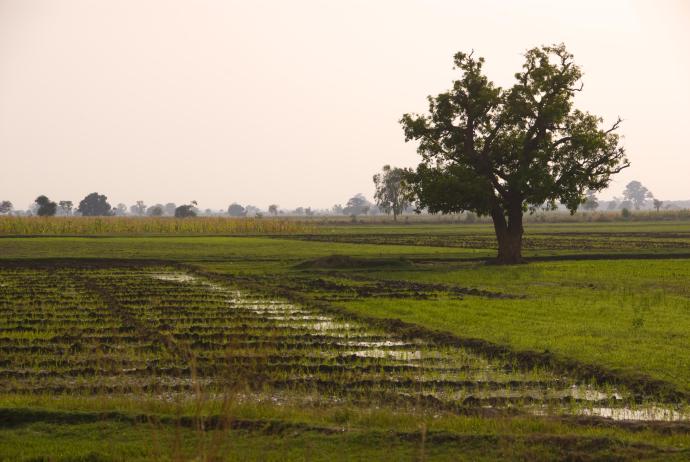At the request of the Ministry of Finance of Senegal, a feasibility study was completed in 2009 to assess the potential of index insurance. This study recommended the development of weather-based index insurance for commercial farmers, and suggested a pilot for groundnut farmers in two departments – Nioro and Kaffrine. As a follow-up to these recommendations, CNAAS requested in 2011 financial and technical assistance from the World Bank in order to pilot-test index insurance for groundnut farmers. The objective of the pilot was 1) to test the operational and technical procedures of the weather
Weather index
Start date:
Country:
Region:
With the amendment of the Insurance act in 2011, the IRA of Uganda has become in charge of the regulation of micro-insurance. One of the main products considered under this business is a microinsurance product for farmers which would enhance their access to credit.

Having enough food in East Africa depends largely on the productivity of smallholder farms, which in turn depends on farmers’ ability to invest in their farms. Weather insurance can encourage farmers to make these critical investments by improving their access to credit. The Global Index Insurance Facility (GIIF)—an IFC/IBRD collaboration housed under IFC’s Access to Finance’s Global Retail/Microfinance Cluster—is an innovative program that is expanding access to insurance against weather risks and natural disasters to farmers, livestock herders, and others, particularly in Africa and the Caribbean.
